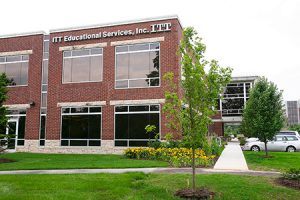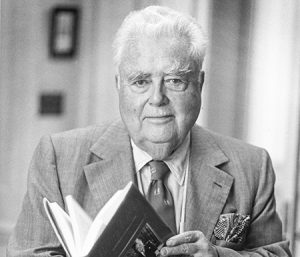St. Joseph’s College alumni try to save their alma mater
Alumni say they knew little about the college’s dire financial standing before the board of trustees decided Feb. 3 to close for at least the 2017-18 school year.
Alumni say they knew little about the college’s dire financial standing before the board of trustees decided Feb. 3 to close for at least the 2017-18 school year.
The Catholic institution in Rensselaer had been operating on an annual deficit of $4 million to $5 million year after year and has exhausted all its credit.
Jones was a behind-the-scenes architect of Gov. Frank O’Bannon’s efforts to create a community college system.
The school’s program already has recommended $11 million in savings for more than 75 companies since 2011.
The Fishers-based not-for-profit announced Wednesday that it will transfer ownership of two affiliates—United Student Aid Funds and Northwest Education Loan Association—to Madison, Wisconsin-based Great Lakes Higher Education Corp. on Jan. 1.

Marian University hopes to attract high-achieving students to its education program by sweetening the pot for those who earn a new state scholarship aimed at retaining teachers in Indiana.
Marian University is facing a lawsuit alleging the school acted with deliberate indifference while one of its professors sexually harassed a male student.
The National Science Foundation awarded the grant to IUPUI, which will work with Indiana University, Ball State University and other institutions.
Of its inaugural class of 2016, just three of 13 people who took the bar exam in Indiana and another state passed.
Samuel Odle, a former hospital executive who was elected to the IPS board in 2012, served on ITT’s board of directors since 2006. The for-profit higher education company closed in September in the wake of federal sanctions.
University officials on Friday lauded President Mitch Daniels for his performance, approving 96 percent of his incentive pay after a review of his efforts during the past year.

The question that dragged down ITT Educational Services—whether its expensive diplomas were leaving students awash in debt while failing to properly prepare them for gainful employment—will continue to hang over other players in the for-profit education industry.
The company will begin the process of liquidating, which will include selling off its Carmel headquarters and other real estate.

Carmel-based ITT Educational Services Inc. announced Tuesday morning that it will permanently “discontinue academic operations” at all ITT Technical Institutes campuses. The company blamed the closure on “inappropriate and unconstitutional” federal sanctions.
Under CEO Kevin Modany's stewardship over the past decade, ITT Educational Services Inc. has seen its stock market value drop from $2.9 billion to $8 million.
Carmel-based for-profit college operator ITT Educational Services Inc. has received a brief reprieve from its accreditor, which has delayed making a decision that could potentially devastate the embattled company.
The Purdue Wine Group Team has fewer resources to take care of the larger and growing industry because of a decline in the amount of funding the program is receiving from a state excise tax.

Wells sought to internationalize IU, strongly supporting education in foreign languages and cultures. Yet he never forgot that IU is Indiana’s University.
The for-profit educator has struggled with demand at 22 of its 26 locations nationwide. The college also just emerged from deep legal trouble as the result of its recruiting practices.

The former lieutenant governor envisions a first day of classes where students meet their future employers.